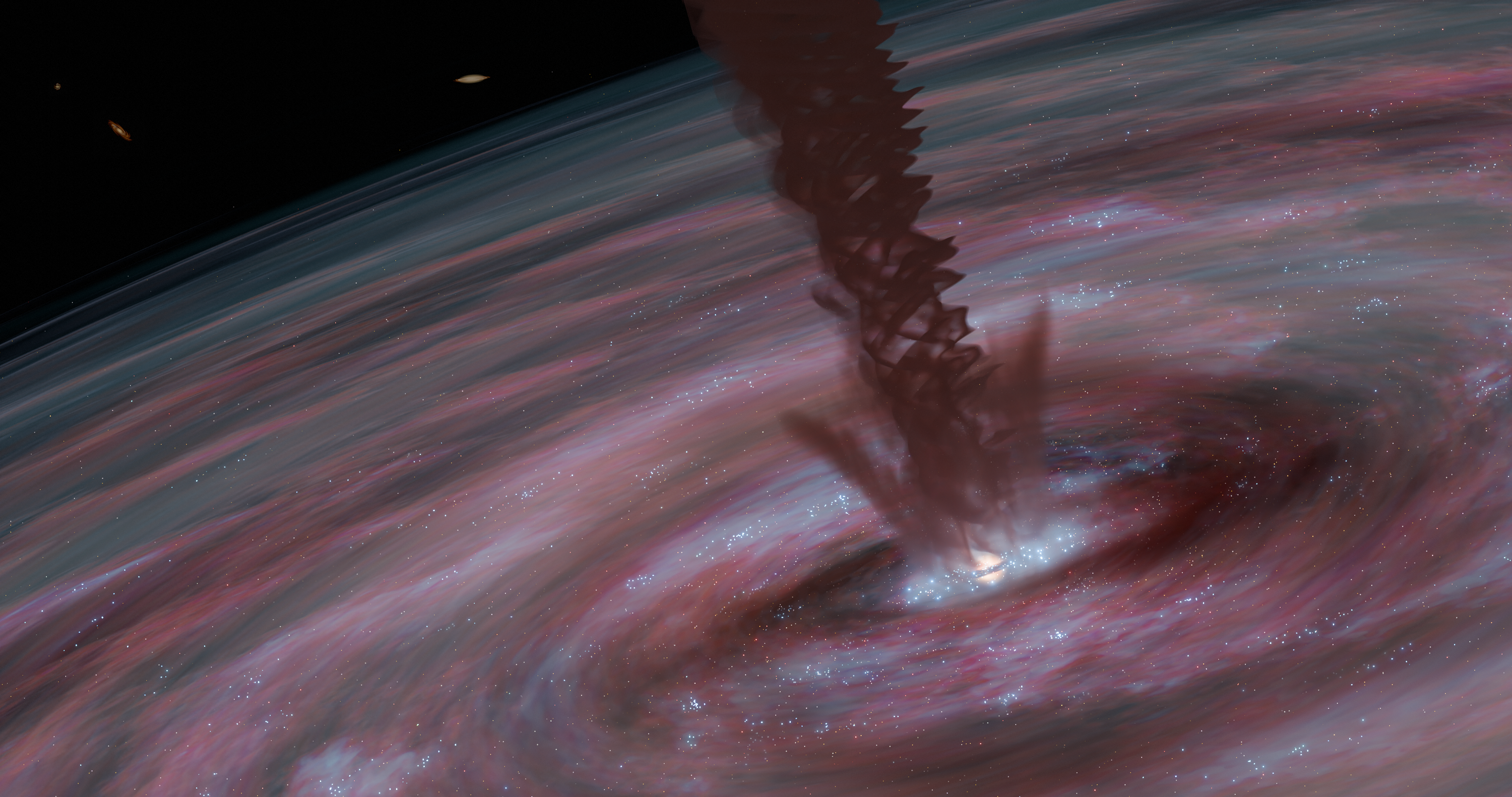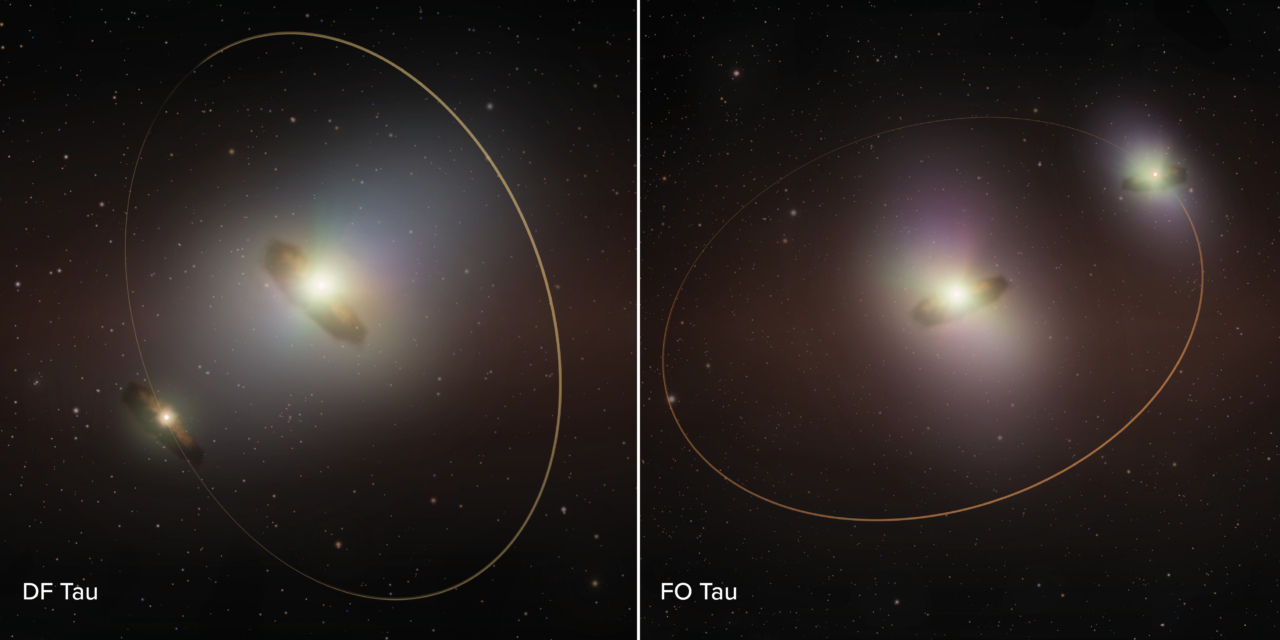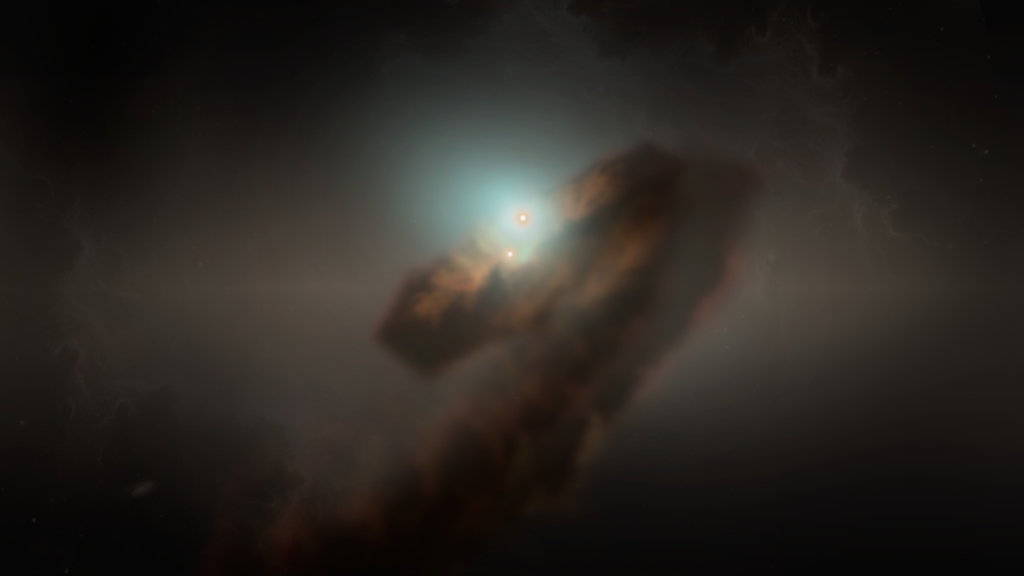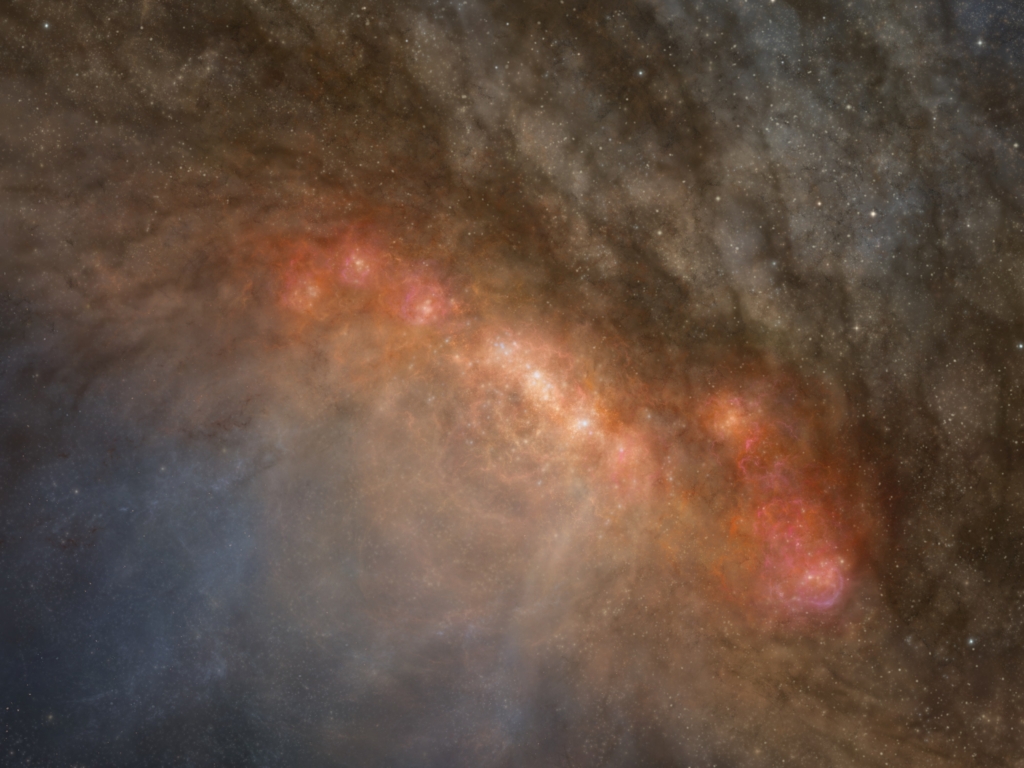An international team of astronomers, including scientists at the U.S. National Science Foundation National Radio Astronomy Observatory (NSF NRAO) have discovered a powerful, rotating, magnetic wind that they believe is helping a galaxy’s central supermassive black hole to grow.




